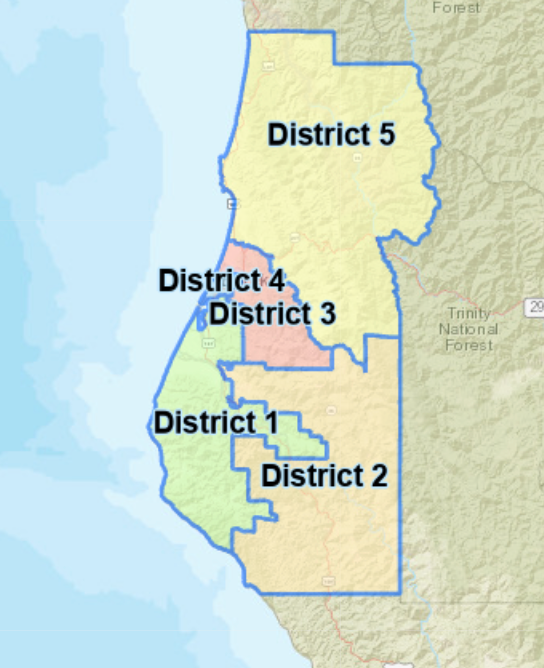Forest Carbon Plan Released
- May 29, 2018
- 3 min read
Governor Brown released his long-awaited “Forest Carbon Plan.” I’ll be blunt: the Plan is timber industry advocacy disguised as “science.”
The Plan focuses almost exclusively on greenhouse gas emissions from fire—fire does emit greenhouse gases, but this is a smokescreen for the larger agenda: to cut down more trees. The Plan states that California needs to increase logging to both reduce the fire risk and to move carbon from trees to “long-lived forest products,” also known as wood. To be specific, Governor Brown is calling for doubling the land actively managed from 250,000 acres to 500,000 acres per year. That means logging an area of land the equivalent size of Napa County per year. Scary.
The Forest Carbon Plan almost completely ignores research that finds that California’s in-forest carbon stocks on private land are decreasing because of logging. In other words, our forests have turned from net sequesters to net emitters, losing more carbon per year than they take in. In 2013, the California Air Resources Board commissioned a study that found that between 2001 and2008, California’s in-forest lost 100 million metric tons of carbon or approximately 14 million metric tons per year. Another study from researchers at the University of California Berkeley from 2015 reached similar conclusions, finding that loss of above-ground in-forest carbon stored amounted to 5-7% of the state’s cumulative carbon emissions. Along the same vein, Oregon State University researchers found that the timber industry is the largest carbon emitter in the state of Oregon.
California’s forests can do better—and by law, must do better. In 2010, the California Legislature declared that California’s forests must play a larger role in the state meeting its carbon emission targets. AB 1504 directed that the Board of Forestry devise new rules to force timber companies to go beyond the “status quo” and increase in-forest carbon sequestration. Eight years later, the Board of Forestry has not issued any new rules. Instead, the Board has commissioned studies with the intent to prove that existing rules—which allow for large clearcuts and do not restrict the logging of large trees and high-carbon forests—are already best practices. The most recent study commissioned by the Board of Forestry found, contrary to other peer-reviewed science, that California’s forests are sequestering significant amounts of carbon.
Governor Brown has a reputation as a climate champion, so why would he sell out forests? Governor Brown has maintained a close relationship with the timber industry. His wife, Anne Gust Brown, served for 14 years in numerous top level roles for The Gap, the retail chain owned by the Fisher family of San Francisco. Humboldt Redwood Company and Mendocino Redwood Company, the largest owners of redwood forests in the world, are also owned by the Fisher family. Robert Fisher, oldest of the Fisher family dynasty, was appointed by the Governor to serve on the Strategic Growth Council; a little-known cabinet-level agency key to Governor Brown’s planning for climate change.
A true, science-based Forest Carbon Plan would be easy to construct. Want to increase carbon sequestration? Grow bigger trees, which are capable of putting on more carbon per year and are most capable of surviving a fire or beetle outbreak. How do we grow bigger trees? We cut less, increasing the rotation age for clearcuts and leaving more, older trees when utilizing uneven-aged forestry. Besides resulting in increased carbon sequestration, this management strategy has a myriad of co-benefits, from improving wildlife habitat and clean water, to helping to mitigate for the effects of climate change by promoting conditions that keep forests cool.





Comments